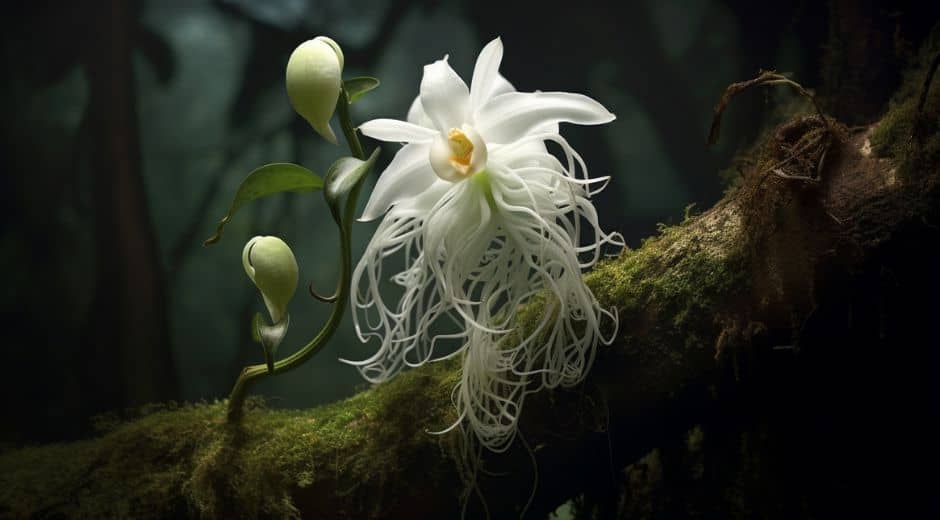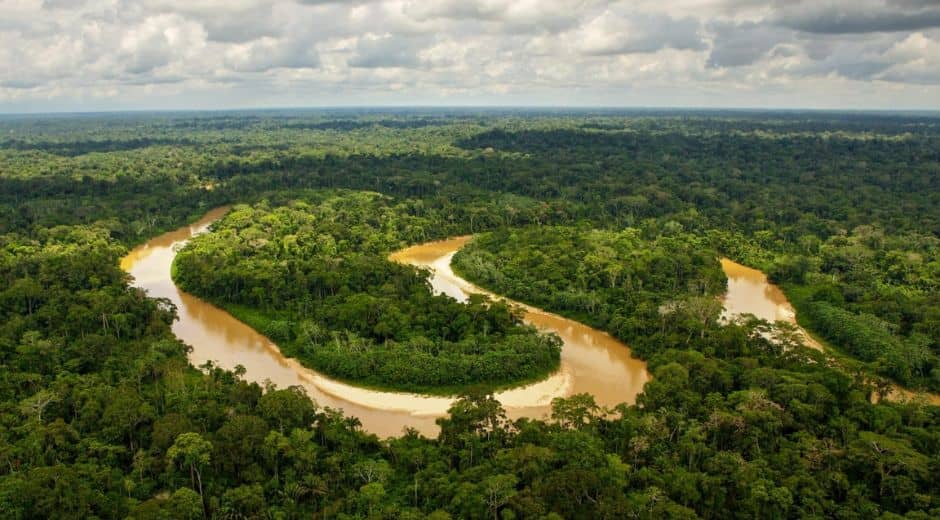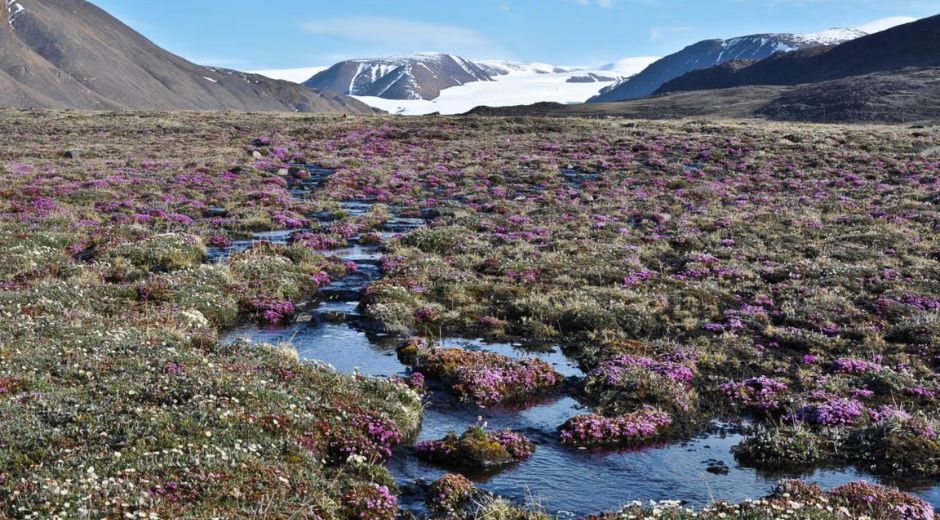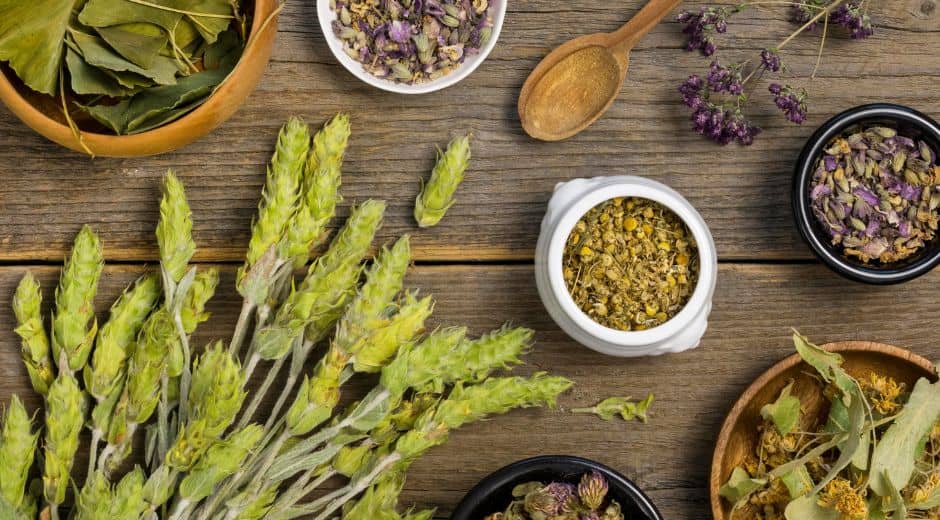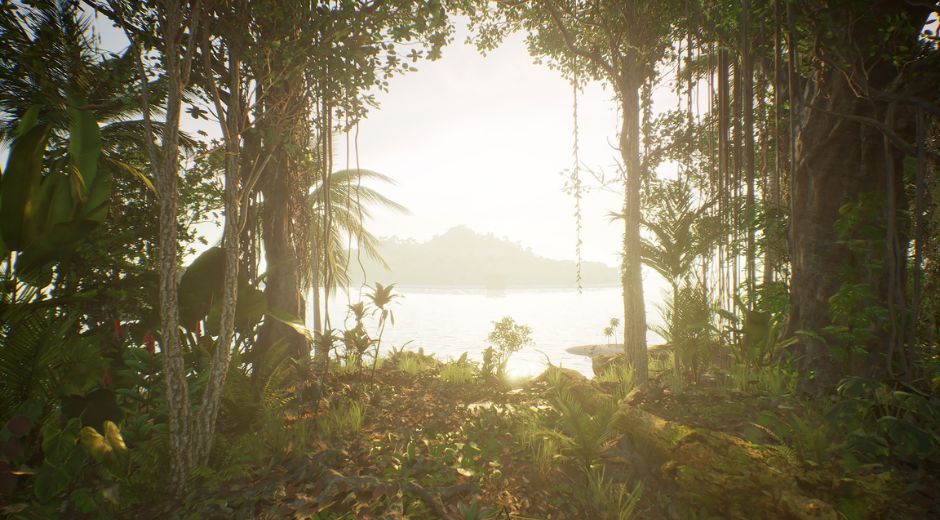Pacific Flora: 6 Plants of Ocean and Coastline
Pacific Flora: 6 Plants of Ocean and Coastline
From the wave-washed shores of tropical islands to the rocky edges of northern coasts, Pacific Flora represents a remarkable variety of plant life that thrives along the ocean and its nearby ecosystems. These plants are more than just background greenery — they play vital roles in stabilizing shorelines, filtering water, providing habitats, and even fighting climate change. In this article, we’ll explore six important plants that form the heart of Pacific Flora, helping to maintain the balance of marine and coastal environments.
1. Kelp (Macrocystis pyrifera)
Kelp is one of the most iconic marine plants in the Pacific. This giant brown algae forms vast underwater forests along cold, nutrient-rich coasts, especially near California, Alaska, and parts of New Zealand. As a key member of Pacific Flora, kelp offers shelter for fish, sea urchins, and seals while producing large amounts of oxygen through photosynthesis.
Kelp forests also act as underwater carbon sinks, absorbing excess CO₂ and slowing ocean acidification. Their importance to both marine life and climate health makes them one of the most vital components of Pacific coastal ecosystems.
2. Mangroves (Rhizophora spp.)
Mangroves are salt-tolerant trees that grow in the intertidal zones of tropical and subtropical regions. Found in areas like the coasts of Southeast Asia and the Pacific Islands, mangroves are a cornerstone of Pacific Flora near ocean inlets, river mouths, and lagoons.
Their tangled roots trap sediments, protect shorelines from erosion, and serve as nurseries for countless marine species. Beyond their ecological value, mangroves act as natural barriers during storms and tsunamis, making them essential to coastal resilience in vulnerable regions.
3. Seagrass (Zostera marina)
Often mistaken for seaweed, seagrasses are true flowering plants that grow in shallow, sandy waters. Found in both temperate and tropical regions of the Pacific, seagrasses form large underwater meadows that stabilize sediments and improve water clarity.
As part of Pacific Flora, seagrass beds offer habitat for sea turtles, dugongs, and small fish. Like kelp, they also help capture and store carbon, playing a quiet but critical role in mitigating climate change in marine environments.
4. Beach Morning Glory (Ipomoea pes-caprae)
A beautiful flowering vine, beach morning glory is commonly found on tropical and subtropical beaches throughout the Pacific region. Its creeping stems and thick leaves help bind loose sand, preventing erosion and stabilizing dunes.
This resilient plant thrives in salty, windy conditions where few others can grow, making it an important member of coastal Pacific Flora. Its bright purple flowers are a familiar sight along Pacific island beaches, adding both beauty and ecological value to fragile shoreline ecosystems.
5. Naupaka (Scaevola taccada)
Naupaka is a native coastal shrub commonly seen across Polynesia and Hawaii. It’s easily recognized by its half-flowers — a unique trait among flowering plants. Adapted to salty air, sandy soils, and strong winds, naupaka forms dense thickets that protect dunes and cliffs from erosion.
As a native component of Pacific Flora, naupaka is often used in coastal restoration projects because of its fast growth and ability to stabilize soils. It also holds cultural significance in many Pacific island traditions, symbolizing stories of love and nature.
6. Red Algae (Gracilaria spp.)
Red algae are diverse, abundant, and essential to marine life across the Pacific. Unlike green or brown seaweeds, red algae grow in deeper, calmer waters and are known for their flexibility and resilience. In many parts of the Pacific, they are harvested for food (like in Japanese nori) and for their use in creating agar and carrageenan — common additives in food and cosmetics.
As a lesser-known but ecologically important part of Pacific Flora, red algae contribute to marine biodiversity, serve as food sources, and provide shelter in reef systems.
Conclusion
Whether rooted in sandy beaches or swaying in underwater forests, the plants that make up Pacific Flora are nature’s unsung heroes. Each species — from towering kelp to flowering dune vines — plays a role in keeping coastal and ocean ecosystems balanced, resilient, and beautiful.
To explore more about plant life across the globe, visit our Flora & Ecosystems section on BioNatureVista. And for even deeper dives into global biodiversity, check out the expert insights at Zoopora, a leading voice in wildlife education and conservation.
Nature Inspires Every Step
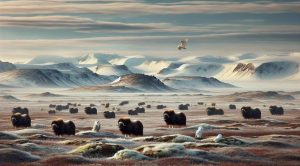
How Tundra Wildlife Survives Extreme Arctic Conditions
How Tundra Wildlife Survives Extreme Arctic Conditions

Life Above the Trees: Exploring the Rainforest Canopy
Life Above the Trees: Exploring the Rainforest Canopy






